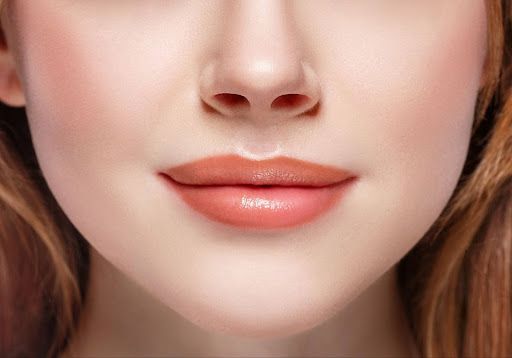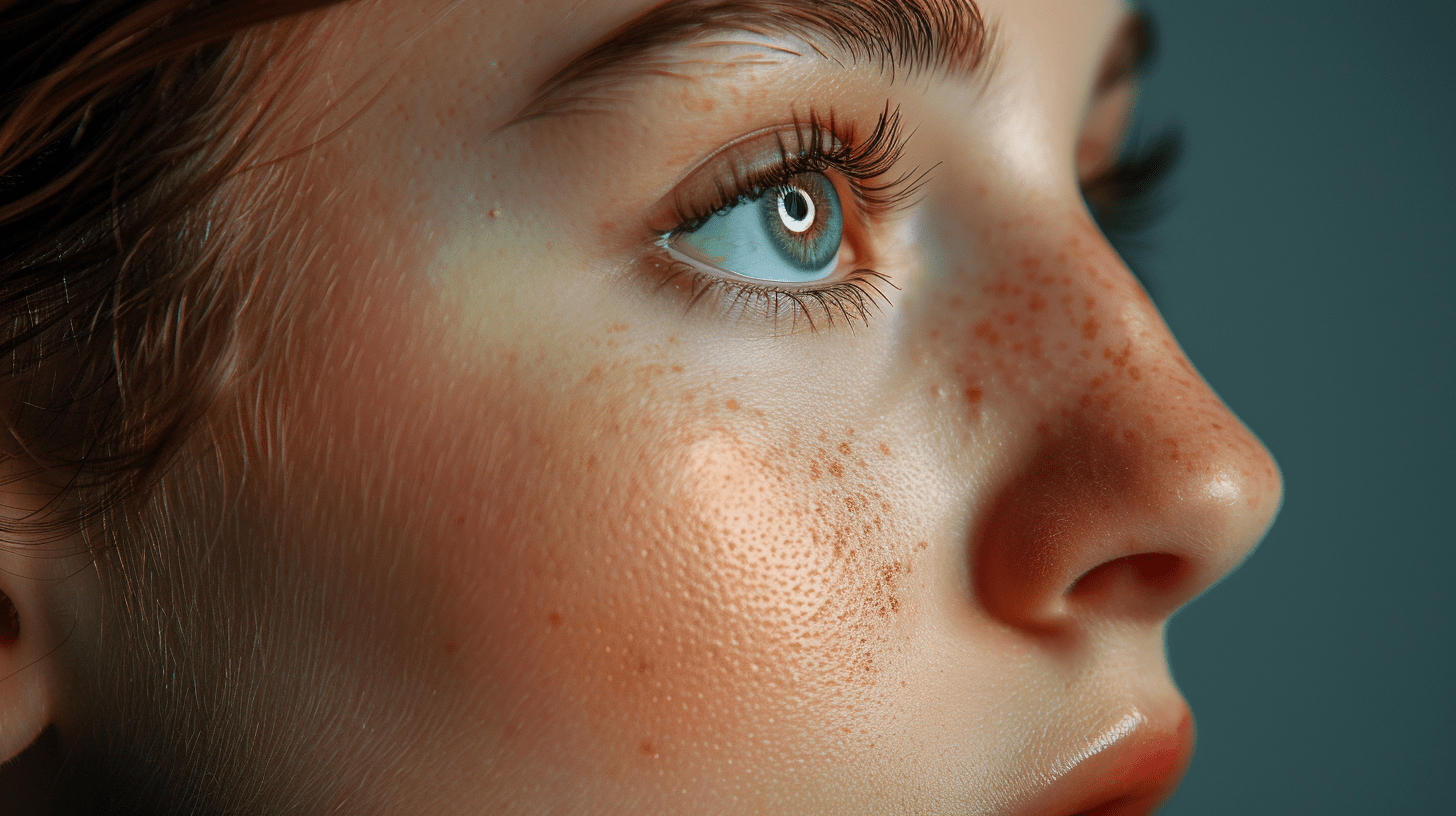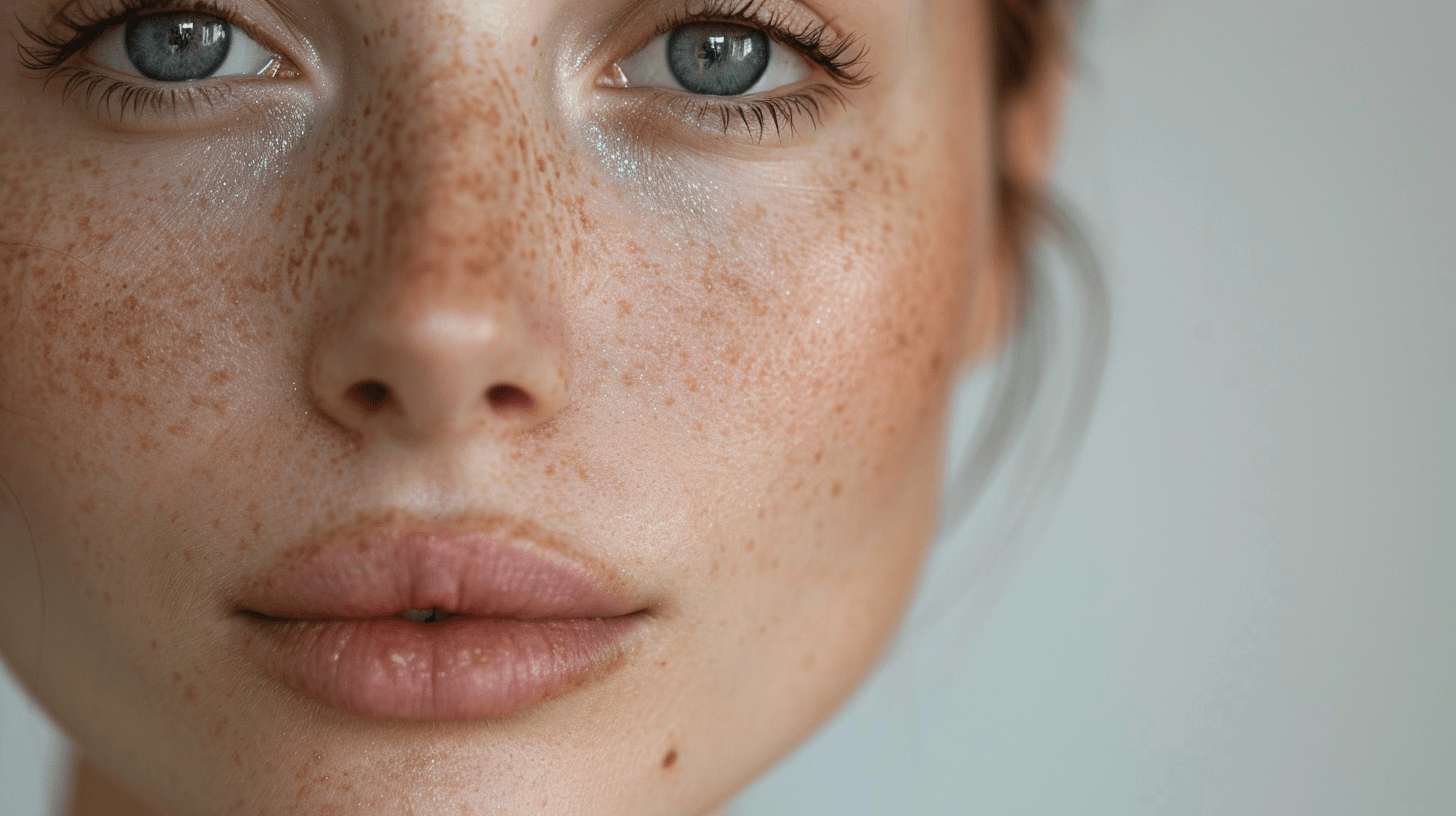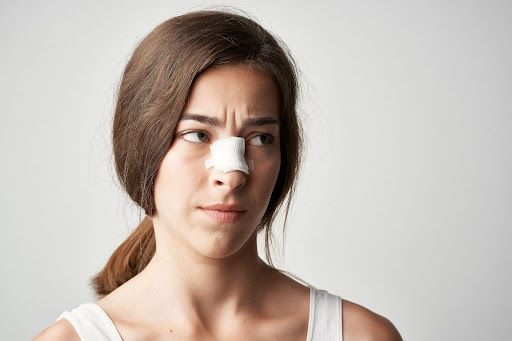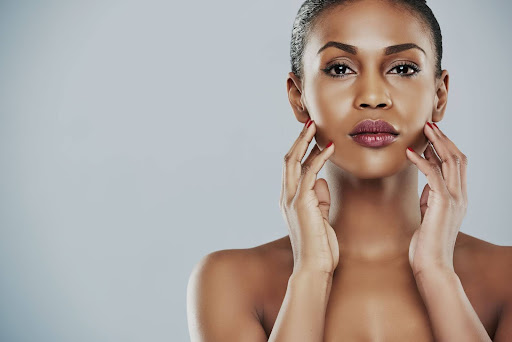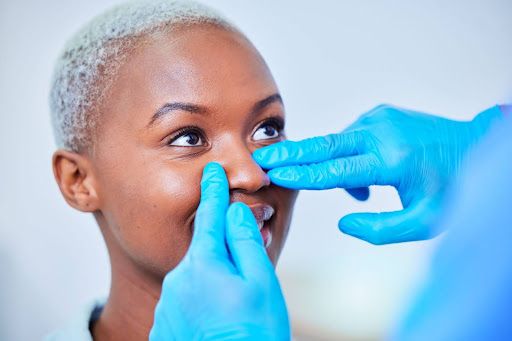Risks and Considerations: Can You Get Rhinoplasty While Pregnant?
Pregnancy is a transformative time for any woman, filled with excitement and anticipation. However, for those considering elective surgeries like rhinoplasty, there’s often a lingering question: Is it safe to undergo rhinoplasty while pregnant? Let’s delve into this topic, exploring the nuances, risks, and considerations associated with rhinoplasty during pregnancy.
Do You Have Questions About Rhinoplasty?
Rhinoplasty, commonly known as a “nose job,” is a surgical procedure aimed at altering the shape or function of the nose. Whether it’s correcting a deviated septum for improved breathing or enhancing the aesthetic appearance of the nose, rhinoplasty surgeries come in various forms, including open and closed procedures.
If you wish to know if you’re an ideal potential candidate for rhinoplasty, then a consultation with a specialized, board-certified surgeon is crucial. Rhinoplasty offers various benefits, and a personalized consultation can help you decide which form of this procedure suits your particular needs and preferences the best!
Book a Rhinoplasty Consultation in NYC
Should I Get a Nose Job Before or After Pregnancy?
It is generally recommended to wait until after pregnancy to get a nose job. Pregnancy can lead to hormonal changes and fluctuations in body fluid levels, which can affect the tissues of the body, including those in the nose.
These changes might impact the healing process and the ultimate outcome of the surgery. Moreover, elective surgeries during pregnancy are generally avoided to prevent any risk to both the mother and the fetus. It’s best to plan any cosmetic surgery once your body has returned to its pre-pregnancy state and after you’ve completed breastfeeding, if applicable.
Contact the Best Facial Surgeon
Do They Do a Pregnancy Test Before Rhinoplasty?
Yes, it is standard practice to conduct a pregnancy test before undergoing rhinoplasty or any major surgical procedure. This precaution is taken to ensure the safety of both the patient and the potential fetus, as anesthesia and medications used during surgery could pose risks to a developing pregnancy. The test is usually part of the pre-operative screening process to avoid any complications and to confirm that the patient is in a suitable condition to undergo the procedure safely.
Getting a Nose Job While Pregnant: Safety Concerns for Pregnant Women
While it’s technically possible to undergo rhinoplasty while pregnant, it’s generally not recommended except in rare and medically necessary circumstances. Pregnancy introduces a range of physiological changes in a woman’s body, including increased blood volume, hormonal fluctuations, and immune system alterations, which can impact the body’s response to surgery and anesthesia.
Additionally, the safety of the unborn child is a primary concern, as the effects of surgical procedures and anesthesia on fetal development aren’t entirely understood. Most reputable surgeons and medical organizations advise against elective surgeries like rhinoplasty during pregnancy due to the potential risks and uncertainties involved. It’s essential for pregnant women considering rhinoplasty to consult with their healthcare providers to weigh the potential risks and benefits carefully.
In cases where rhinoplasty is deemed medically necessary, such as for correcting severe breathing difficulties caused by a deviated septum, a thorough risk-benefit analysis should be conducted, and the procedure should be performed by experienced surgeons in a controlled medical setting with appropriate precautions in place.
What No One Tells You About Rhinoplasty
Potential Risks and Complications of Rhinoplasty While Pregnant
During pregnancy, a woman’s body undergoes profound physiological changes to support the developing fetus. These changes, including increased blood volume and hormonal fluctuations, can significantly impact the body’s response to surgical procedures like rhinoplasty. Here’s how:
- Increased Risk of Infection: Pregnancy alters the immune system, making pregnant women more susceptible to infections. This heightened vulnerability can increase the risk of post-surgery infections following rhinoplasty, potentially leading to complications and prolonging the recovery process.
- Delayed Wound Healing: The body’s ability to heal wounds may be compromised during pregnancy due to hormonal changes and increased blood flow to the uterus. As a result, incisions made during rhinoplasty take longer to heal, increasing the risk of scarring and other wound-related issues.
- Adverse Reactions to Anesthesia: Pregnancy alters the body’s metabolism and distribution of drugs, including anesthesia. This can lead to unpredictable responses to anesthesia during rhinoplasty, potentially resulting in adverse reactions such as nausea, vomiting, or respiratory complications.
- Excessive Bleeding: Pregnancy is associated with an increase in blood volume to meet the demands of the developing fetus. During rhinoplasty, this heightened blood volume can lead to increased bleeding during and after the procedure, posing challenges for surgeons in achieving optimal outcomes and potentially requiring additional interventions to control bleeding.
- Respiratory Issues: Hormonal fluctuations and changes in nasal congestion commonly experienced during pregnancy can exacerbate pre-existing respiratory issues or introduce new challenges in breathing post-rhinoplasty. This can necessitate additional interventions to manage nasal congestion and ensure adequate airflow through the nasal passages.
See Before and After Rhinoplasty Photos on Instagram
While rhinoplasty during pregnancy is generally discouraged due to these potential complications, each case should be evaluated on an individual basis, weighing the risks and benefits in a personal consultation with a qualified healthcare provider. By understanding and addressing the unique physiological changes associated with pregnancy, surgeons can take appropriate measures to minimize risks and optimize outcomes for both the mother and the unborn child.
Book a Consultation with NYC’s #1 Plastic Surgeon
Recovery Considerations for Cosmetic Procedures During Pregnancy
Recovering from rhinoplasty during pregnancy demands careful attention due to potential complications and the body’s altered state. Given the impact on nasal passages, skin, and overall healing, patients will experience extended recovery times, necessitating vigilance for issues like pain and blood clots, or implant-related concerns.
Pregnant patients must adhere to a healthy diet, avoid strenuous activities, and follow post-operative care diligently. Furthermore, special considerations regarding hormonal fluctuations, skin conditions, and potential risks to the unborn child underscore the importance of personalized advice from healthcare providers.
How Much Does It Cost To Repair A Broken Nose In NYC?
Ensuring Safety in Pregnancy: Alternative Options and Future Considerations
The consensus among medical professionals is to defer elective surgeries like rhinoplasty until after pregnancy and the postpartum period. This approach prioritizes the safety and well-being of both the mother and the child, minimizing potential risks associated with surgery and anesthesia.
For individuals with pressing medical needs, such as septum repair for breathing difficulties, a careful risk-benefit analysis is essential. In such cases, the potential benefits of addressing the medical issue must be weighed against the potential risks to both the mother and the child. Consulting with a qualified plastic surgeon who specializes in rhinoplasty and has experience working with pregnant patients can provide valuable insight and guidance in making informed decisions.
Ultimately, the goal is to ensure a smooth recovery process and minimize any potential complications. By deferring elective surgeries like rhinoplasty until after pregnancy, patients can focus on their health and well-being during this critical time. Once the pregnancy and postpartum period have passed, patients can explore their options for cosmetic procedures with the guidance and support of experienced medical professionals.
The Advantages of Rhinoplasty Consultation and Personalized Advice
For pregnant women contemplating rhinoplasty, seeking guidance from experienced surgeons is paramount. A thorough consultation appointment allows for a detailed discussion of individual circumstances, potential risks, and alternative options. Personalized advice tailored to each patient’s specific needs ensures informed decision-making and optimal outcomes.
The Benefits of a Consultation with a Rhinoplasty Surgeon
- Expertise and Guidance: A specialized surgeon brings years of experience and expertise to the table, ensuring a comprehensive understanding of the nuances involved in rhinoplasty procedures. They can assess each patient’s unique needs and goals, offering personalized treatment plans tailored to achieve optimal outcomes.
- Risk Mitigation: Rhinoplasty is a delicate procedure that requires meticulous attention to detail. By consulting with a board-certified surgeon, patients can mitigate potential risks and complications associated with the surgery. The surgeon’s expertise in nasal tissue manipulation and surgical techniques minimizes the likelihood of adverse outcomes.
- Education and Expectation Setting: During the consultation process, patients have the opportunity to ask questions and gain a deeper understanding of the rhinoplasty procedure. From discussing recovery times and post-operative care to exploring treatment options and potential risks, the consultation serves as an educational platform for informed decision-making.
- Safety and Patient Care: Board-certified surgeons prioritize patient safety and care throughout the entire rhinoplasty journey. They address any safety concerns, taking into account factors such as the patient’s medical history, current health status, and suitability for surgery. By adhering to rigorous safety protocols and standards, they ensure a satisfactory safety profile for each patient.
- Holistic Approach: Beyond the surgical aspect, specialized surgeons consider the holistic well-being of their patients. They can advise on maintaining a balanced diet rich in nutrients to support the healing process, recommend hair removal techniques to avoid interference with surgical sites, and provide guidance on managing post-operative discomfort and pain.
Schedule a Consultation with NYC’s #1 Facial Plastic Surgeon
Discover top-tier facial plastic surgery in New York City with Dr. Moustafa Mourad, a distinguished double-board-certified surgeon specializing in facial plastic and reconstructive procedures.
With expertise in rhinoplasty, facial reconstruction, and advanced surgical techniques, Dr. Mourad provides professional, personalized care to address cosmetic and complex conditions affecting the head, neck, and entire facial area. Experience transformative results and exceptional patient care with Dr. Mourad. Contact us to schedule your consultation today!
Table of Contents
Rhinoplasty while pregnant Rhinoplasty while pregnant Rhinoplasty while pregnant Rhinoplasty while pregnant Rhinoplasty while pregnant Rhinoplasty while pregnant Rhinoplasty while pregnant Rhinoplasty while pregnant Rhinoplasty while pregnant Rhinoplasty while pregnant Rhinoplasty while pregnant Rhinoplasty while pregnant Rhinoplasty while pregnant Rhinoplasty while pregnant



